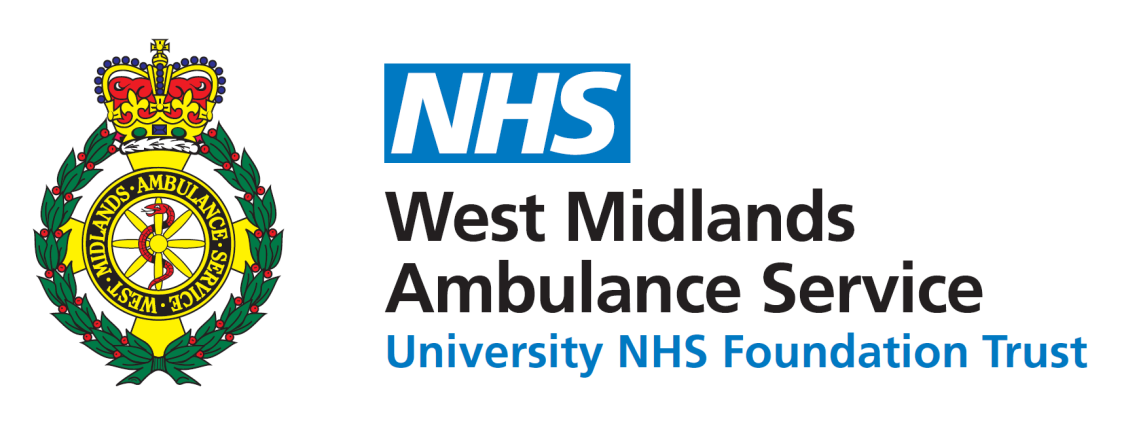Background
COVID-19 has placed a catastrophic burden on acute hospitals. In an attempt to reduce admissions and enable safe early discharge, a COVID virtual ward (CVW) care pathway has been supported by NHS England. This includes discharging people who meet objective criteria based on acuity scores and oxygen saturations, with pulse oximeters and daily phone calls for up to 14 days. Observational studies have reported the safety of this system, but without describing the outcomes from usual care.
Methods
A retrospective study using routinely collected health data from all adults with a confirmed positive severe acute respiratory syndrome coronavirus-2 (SARS-CoV-2) swab result between 1st June 2020 and 31st Jan 2021 who attended the Emergency Department or Acute Medical Unit at QEHB, which does not have a CVW service. Criteria for CVW were applied using data from the first 24 hours of presentation to hospital and subsequent health outcomes were included for 28 days, including re-presentation, re-admission, ITU escalation and death. Results were compared to reported studies based in secondary care.
Results
During the study period, 26,127 patients presented to QEHB hospital. 2301 had a positive SARS-CoV-2 swab. Of these, 1730 (75.2%) did not meet the criteria for the CVW and 571 (24.8%) did. Of the 571, 325 (56.9%) were discharged home within 24 hours and 246 (43.1%) were admitted for 24 hours or longer. Those admitted were older, with increased co-morbidities, 80.9% required hospital-supported acute therapies after the first 24 hours and 10.6% died. Of the 325 discharged, 44 were readmitted (13.5%), 30 (9.2%) with COVID-related symptoms, 5 (1.5%) required ITU and 1 patient (0.3%) died. These results were comparable to published studies with a CVW service.
Discussion
In the current study, discharging patients without a CVW did not confer a greater risk of re-presentation, re-admission, ITU escalation or death. The majority of patients who remained in hospital despite meeting the CVW criteria did so for the provision of treatments or acute assessments. It remains uncertain whether a CVW delivers improvements in hard outcomes, and further research is needed.




